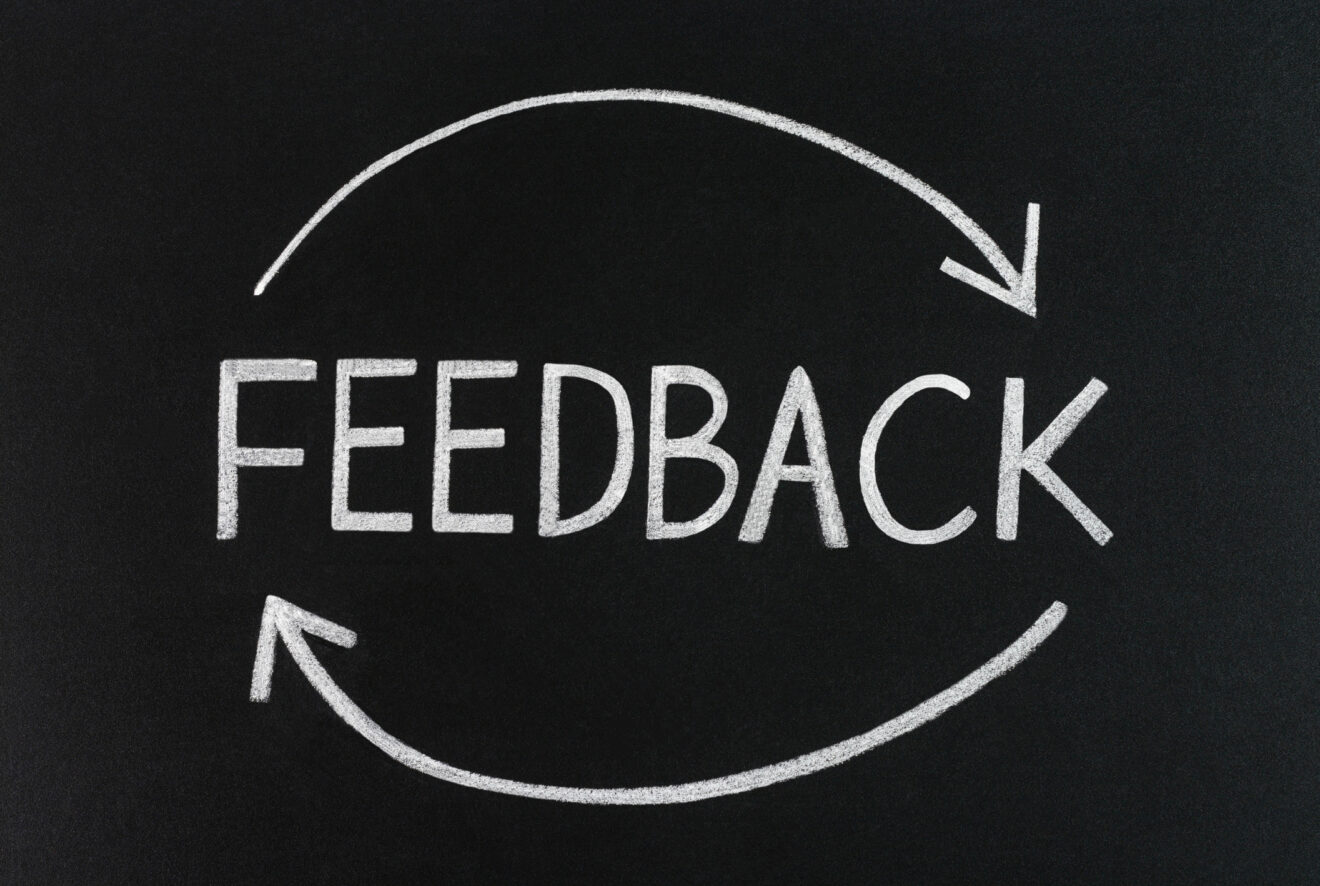
In the ever-evolving landscape of education, the role of feedback and communication extends far beyond simple responses to an action. Consider the underappreciated nuances of delivery in conveying messages that either inspire or deflate, a power wielded not only by teachers but administrators and various other stakeholders within educational communities. Positive interactions and effective communication can wield substantial influence over student behavior, engagement and academic success, highlighting the significance of the art of delivering feedback to attain educational excellence.
Expanding the horizons of feedback and communication
Feedback in education is often considered in the typical teacher-to-student vein. However, the scope of feedback transcends far beyond the give-and-take of these interactions. Feedback can impact how administrators support their teaching staff, how communication flows within the school community and how it extends to families, paraprofessionals, maintenance and security personnel.
The impact of how we are delivering feedback
It is remarkable how certain individuals, through a single sentence, can ignite inspiration, invigorate and propel others toward their vision of success. Other people, on the other hand, with a mere phrase, can drain the energy from a room, provoke lethargy and incite antagonism among those subjected to their stifling approach.
With ample evidence evidenced that the delivery of communication matters, let’s explore this, along with practical applications within school communities.
Translating interpersonal advice to the classroom
Consider the work of John Gottman, who studied successful marriages. Gottman’s research revealed that successful couples maintain a ratio of 5 positives to every 1 negative interaction during conflict conversations, thereby nurturing a healthy balance within their relationship. These positive interactions include expressions of appreciation, validation, empathy, humor and acts of kindness.
The implications of this research extend far beyond interpersonal relationships, influencing the broader landscape of healthy school communities. Programs like Positive Behavior Support in Schools, co-sponsored by Rutgers University, have adapted Gottman’s principles to classroom contexts. Studies have demonstrated the impact of maintaining a higher ratio of positive to negative interactions on student behavior, engagement and academic performance, with results indicating success. Examples of these positive results include:
- Improved behavior. Students are more inclined to exhibit appropriate behavior and fewer disruptive actions.
- Increased engagement. Praise and encouragement foster greater student engagement and motivation. This results in more active participation, heightened enthusiasm for learning and enhanced persistence in the face of challenging tasks.
- Enhanced academic performance. Frequent positive feedback and support correlate with improved academic success and achievement among students.
- Positive classroom climate. Students experience greater peer and teacher connectivity, heightened satisfaction and perceive the classroom as a safe and supportive learning environment where they can learn and flourish.
This short Positive Behavior in Schools video shows you how using the positive to negative ratio plays out. See this in action, and then chart out your positive to negative ratio with a simple chart.
Using positive to negative ratio with staff
As one teacher aptly noted, being loud and confrontational with students can escalate situations, fostering a combative atmosphere rather than productive communication.
Since Gottman showed the positive to negative ratio works with adults, school leaders should apply the same principles with their faculty. Principals should aim to strike a balance between positive and negative feedback that works best for each teacher and situation so they help to motivate and encourage their teachers to improve their performance. Positive notes that sometimes are salted with constructive feedback work well.
Nonverbal cues can play a vital role in communication too, including these specific strategies. Being conscientious of our nonverbal cues matters, since psychological safety improves learning and performance outcomes.
As school leaders, how we are delivering feedback is so much more impactful than what we say, and applying this approach ultimately creates the supportive safety that invigorates faculty to improve.
Give clean praise a try
Another strategy to apply involves the elements of praise, specifically clean praise. Like watching our body language, applying authentic praise without the word ”but” maintains the intended positive reinforcement. The five elements of praise, based on the work of Ben Bissell, can be practiced in targeted and appropriate ways when supporting student progress.
In complex educational communities that impact student success, content certainly matters as a pivotal role in student and school community development. We cannot minimize the delivery of information in school communities and for children. Effective delivery techniques trigger engaged students, enhanced comprehension, motivated learners, tighter connections and responsiveness to diverse student needs.
As educators, it is our responsibility to continually explore and refine our delivery methods to create impactful learning experiences. By embracing the power of delivering feedback, we can unlock the full potential of students and inspire a lifelong love for learning. We can also build stronger, more positive school communities for families and school personnel.
Michael Gaskell, Ed.D., is the author of a new book, “Radical Principals,” and a veteran principal in New Jersey working at Central Elementary School in East Brunswick.
Opinions expressed by SmartBrief contributors are their own.
_________________________
Subscribe to SmartBrief’s FREE email newsletter to see the latest hot topics on EdTech. It’s among SmartBrief’s more than 250 industry-focused newsletters.
